As Japan’s society ages and the population grows more mature, we are seeing growing diversity in the values held by consumers. While companies involved in consumer businesses are working on measures to meet the needs of increasingly diverse consumers, continuing old ways of doing business is growing less and less likely to produce results.
In this Insight, we take a look at what the future of the consumer business will need to be in order to sustainably create value, as consumer values grow increasingly diverse.
Relating to Customers in Consumer Businesses in an Growing Diverse Society Understanding Customer Insights That Hold the Keys to Success and Approaches to Visualizing Return on Investment
- Food
- Consumer Goods
- Marketing, Sales, and Customer Service

Background to the Growing Diversity in Consumer Values
Changes to the social environment and consumer behavior are bringing about greater diversity in values. We believe such changes will only accelerate going forward. As considerations beyond individual preferences, such as social responsibility and the environment considerations, came under greater focus, it would also be fair to say that heightened consumer needs are driving diversification in values.
Consumer Values Are Growing More Diverse, Consumer Needs More Heightened
Against a backdrop of behavior changes driven by globalization, an aging population and the digital shift, we are seeing growing diversity in the values held by consumers. As how people work and the formats that their lives take are growing more diverse, the pursuit of individual happiness and self-expression have come under greater focus. It is predicted that this will lead to an even broader range of values in future, going beyond stereotypical (one-dimensional) values (see Figure 1).
Additionally, consumer needs could also be said to be growing more heightened as more multidimensional and refined perspectives beyond individual preferences, including social responsibility and the environmental considerations, come under greater focus as standards in choosing products. With the growth in social media use and access to global sources of information, we are also seeing an increase in consumers with diverse perspectives and in the levels of individual awareness. In line with these developments, companies are also being faced with the need to engage in efforts to address such heightened needs.
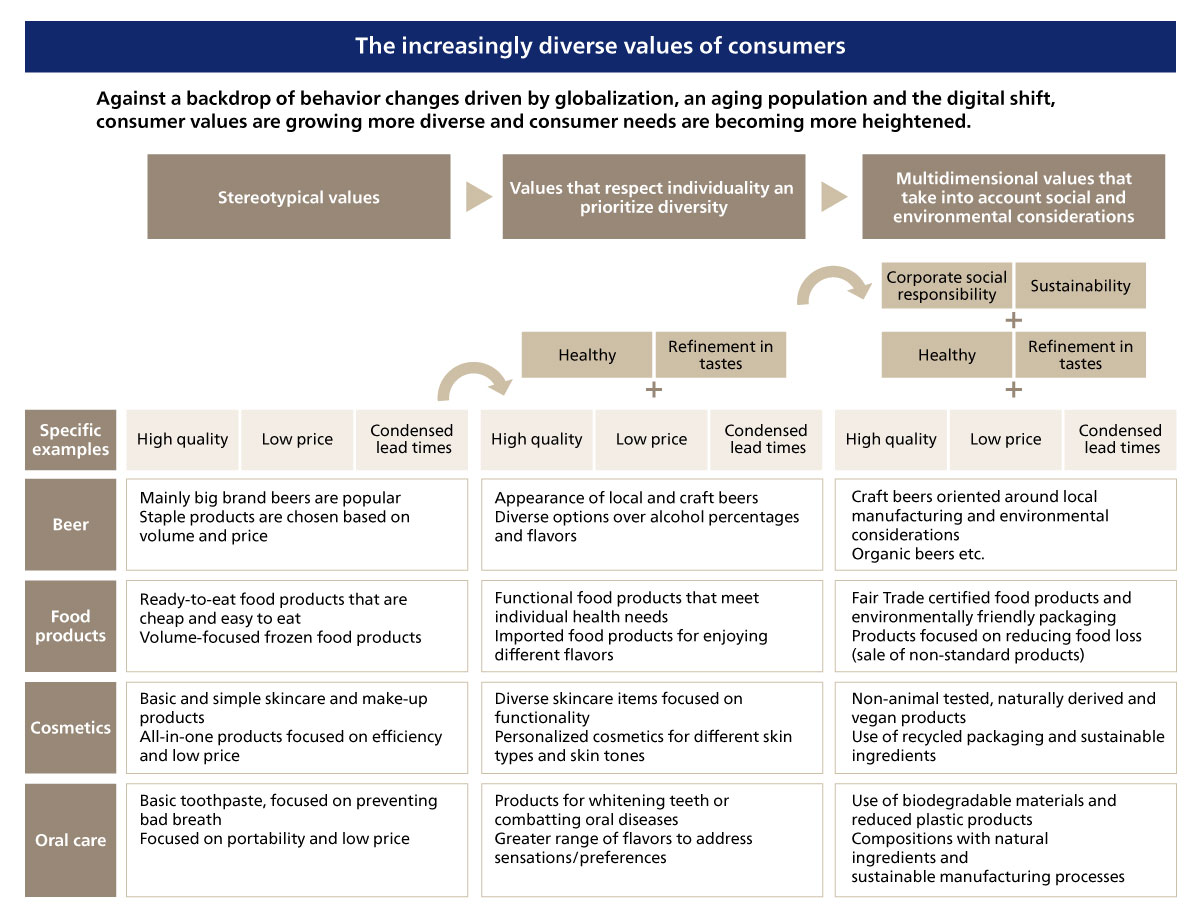 Figure 1. Changes in consumer values
Figure 1. Changes in consumer values
The Business Impacts of Increasingly Diverse Values
With growing diversity in values, not only are past company insights likely to become less relevant, but they will also gradually see their relationships with their business partners and the expectations they face from consumers and society at large change.
Growing Diversity Will Make It Harder to Keep Using Old Company “Winning Patterns”
While it is almost cliché by now to note that promotional measures and sales activities rooted in past insights have grown less relevant, one part of the background to this is that many successful case studies depended on insights built up in an era when “stereotypical values” were mainstream.
For businesses rooted in old, stereotypical values, having one-dimensional product line ups, going on price offensives based on mass consumptions and mass production, and massive advertising campaigns and proactive sales activities based on mass promotions were all effective tools.
However, old promotional measures and sales activities are becoming less effective in the face of increasingly diverse consumers. In particular, this trend has manifested itself in indirect sales channels via retail outlets, for example, or in business models built around commercial materials that cannot afford individual customer service costs.
Relationships With Partners Are Changing, Making It Harder to Hold the Initiative
In an era of increasingly diverse values, it goes without saying that having a deep understanding of your customers and offering them a value proposition that meets their needs is a must. However, for that reason, companies that can hold data on their customers and visualize customer needs will be at an advantage.
For example, we have seen case studies where analyzing POS (point of sale) data and purchasing data has allowed a large retailer to propose plans for new products or promotions to manufacturers, or where a wholesaler has used sales data by category across retailer locations to propose more efficient shelving or better product line ups to manufacturers, or to support optimization in merchandizing. We are beginning to see more prominent case studies where other players are coming into areas where previously manufacturers would provide value by planning products or proposing promotional measures, and take the lead in making business more favorable to themselves through use of customer and purchasing data.
Growing Diversity of Values and Heightened Consumer Needs Demand Greater Investment of Companies
Growing diversity of values and heightened consumer needs have generated new consumer and social expectations on companies, thus requiring them to make greater investments to keep up (see Figure 2). As the levels of quality, environmental considerations and social responsibility demanded by consumers go up, companies face pressing needs to revise their supply chains, including manufacturing processes and logistics networks. Specifically, this could include things like increased cost of inputs arising from the use of sustainable materials, increased quality assurance costs to ensure product safety, increased personnel costs, and costs arising from revising marketing strategies or launching new brands. All companies therefore need to further refine the return on investment they are getting.
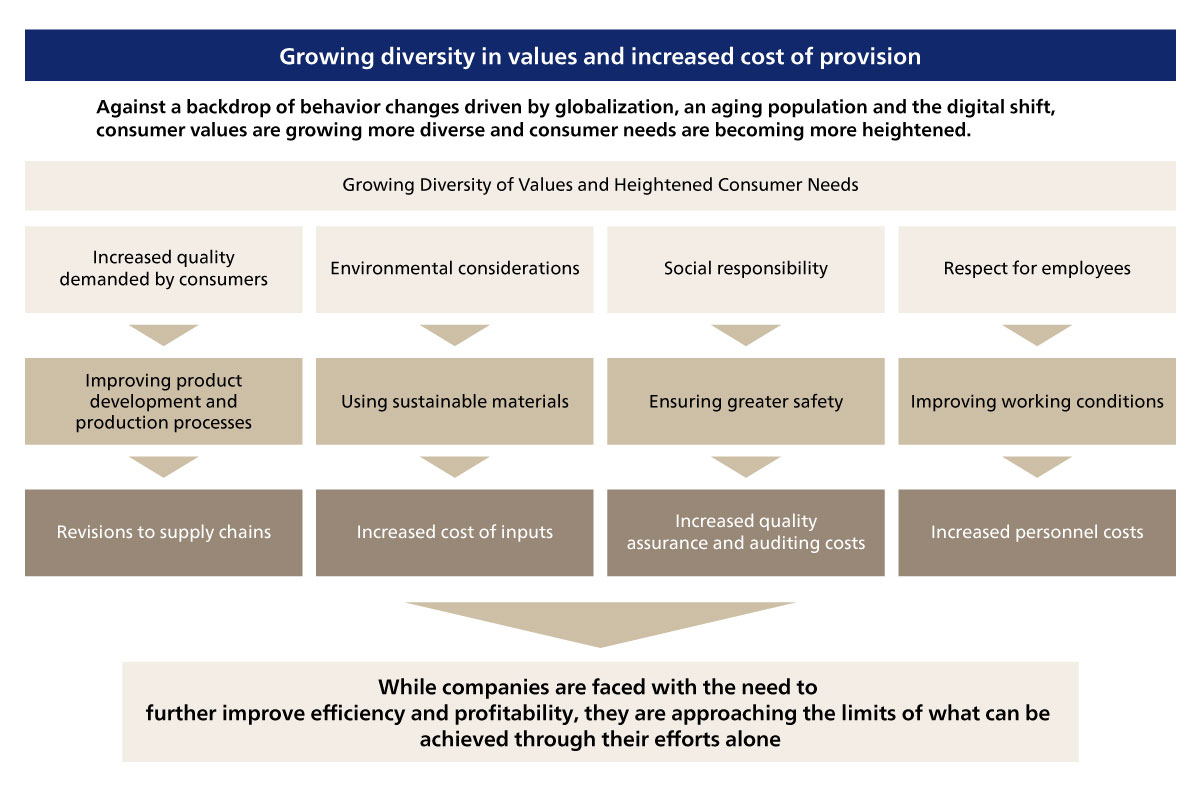 Figure 2. Impacts on companies from increasingly diverse values
Figure 2. Impacts on companies from increasingly diverse values
What the Future of the Consumer Business Will Need to Be
Given the background we have presented so far, in terms of the future of the consumer business, the key for companies seeking to take the lead in generating new value will be having greater customer insight and better visualizing return on investment.
Companies Get an Edge Not Through “Volume” But Through “Depth”
It goes without saying that customer data is important for gaining deeper customer insight. Since the companies closest to customer contact points, such as major retailers, will always be at advantage in terms of data volume, however, companies should seek to get an edge not through “volume” but through “depth.”
To get a deeper understanding of customers, it is important for companies to go beyond just analyzing customer attribute data and purchasing data, instead ascertaining what lies behind consumer values so that they can extract “customer insights” such as behavior patterns and decision-making criteria (see Figure 3).
In terms of specific methods, companies can first form “value models” by analyzing the results of consumer surveys and categorizing customers into groups that share the same values. Companies can then combine such value models with the attribute data, behavior data and purchasing data that they have acquired to extract key criteria and behavior patterns at the time of purchase for each value model.
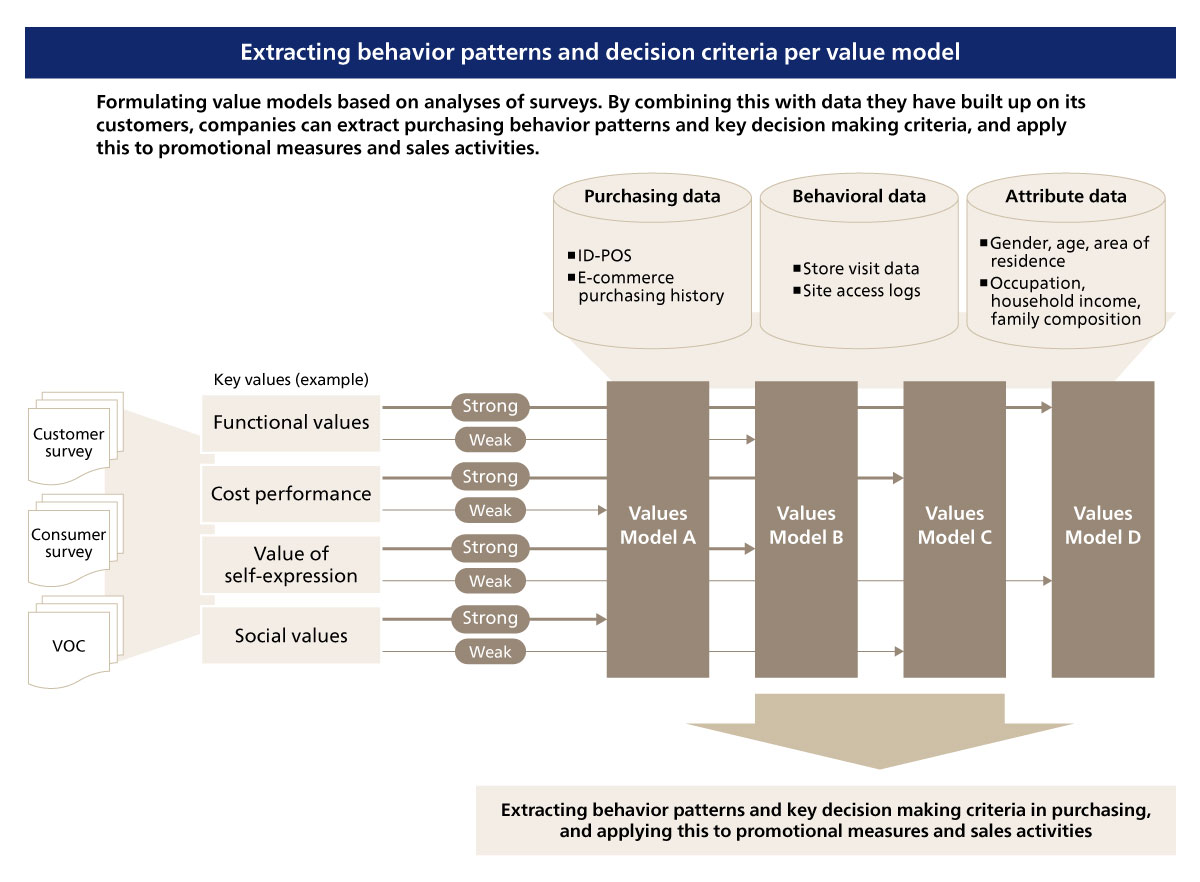 Figure 3. Examples of extracting customer insights
Figure 3. Examples of extracting customer insights
Extracting New “Winning Patterns” Through Measures Leveraging Customer Insights
By making use of customer insights, companies can deploy high profitability measures under their own initiative.
As one example, suppose a retailer was facing challenges with the ratio of younger generations in sales composition, so decided to look forward and consider measures targeting the child-rearing generation. This means efforts to target demand from housewives in their 20s. As manufacturers generally struggle to resist retailer strategy, were the company to deploy a strategy of further price cutting, manufacturers would accept further price reductions and profitability would tend to decline. This is unlikely to lead to a win-win business scenario aimed at sustainable growth.
To avoid such a scenario, the manufacturer should implement high value-added measures both by leveraging insights it extracted for itself and based on its partners challenges and strategy (see Figure 4).
In terms of specific measures, we could suppose that, for example, the manufacturer discovered from its insights that housewives in their 20s who focus on cost performance tend to buy products from high-end lines as a reward for themselves once every two or so months. The manufacturer could implement a strategy of proposing the display of their high-end line up items, while agreeing to price negotiations from the retailer on sale of staple products. The manufacturer could thus expect to combine greater sales numbers from staple items with increased profits from high-end lines, enabling them to implement high profitability measures under their own direction.
We believe the manufacturer should thus seek to both secure its own profits and contribute to the retailer’s strategy as a true business partner, by leveraging insights it extracted for itself and proposing measures in line with the challenges and strategies of the retailer.
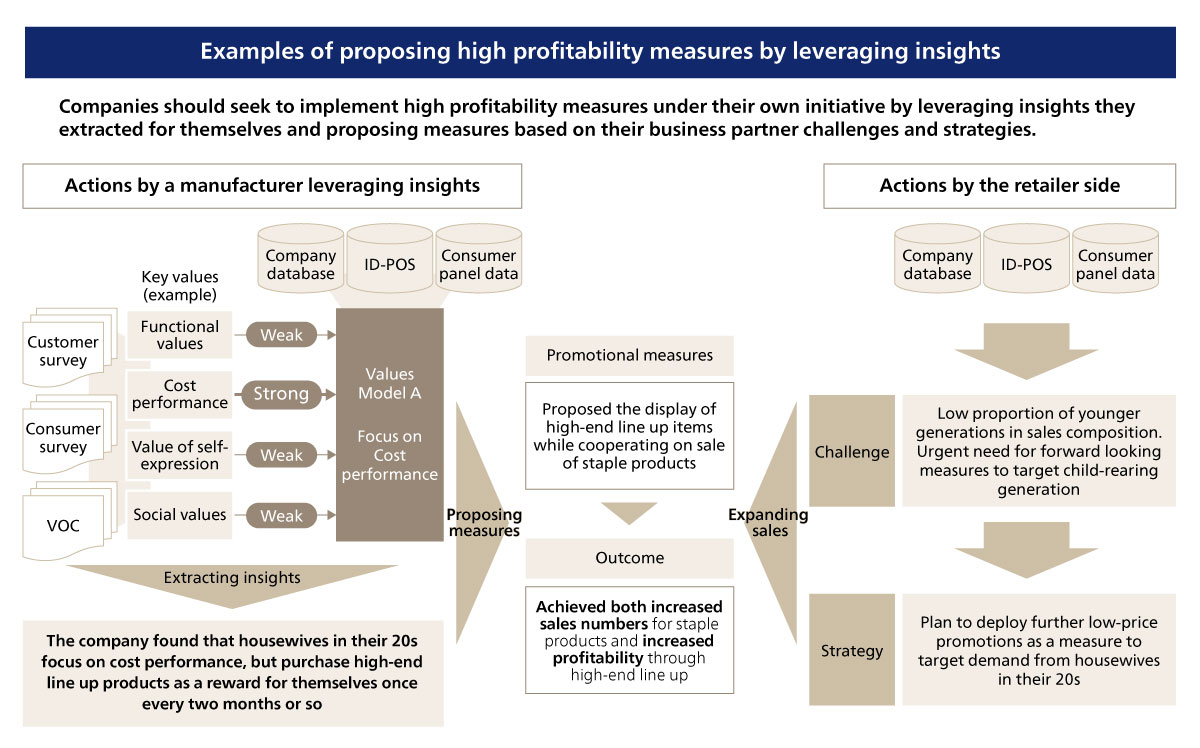 Figure 4. Examples of how to apply customer insights to measures
Figure 4. Examples of how to apply customer insights to measures
Optimizing ROI Based on “Customer Value”
Growing diversity of values and heightened consumer needs mean companies face greater pressure to invest more to meet consumer and social expectations. At the same time, amidst a changing domestic market environment, there has come to be a greater focus on efficiency in investment.
While it is important for companies to be able to visualize profitability in sales activities and promotions, they should ultimately focus more on contribution to customer value than on evaluating individual measures if they are to pursue sustainable growth.
To that end, by categorizing profitability in sales activities and promotions according to value models, companies can visualize the degree of contribution to customer value of their measures (see Figure 5).
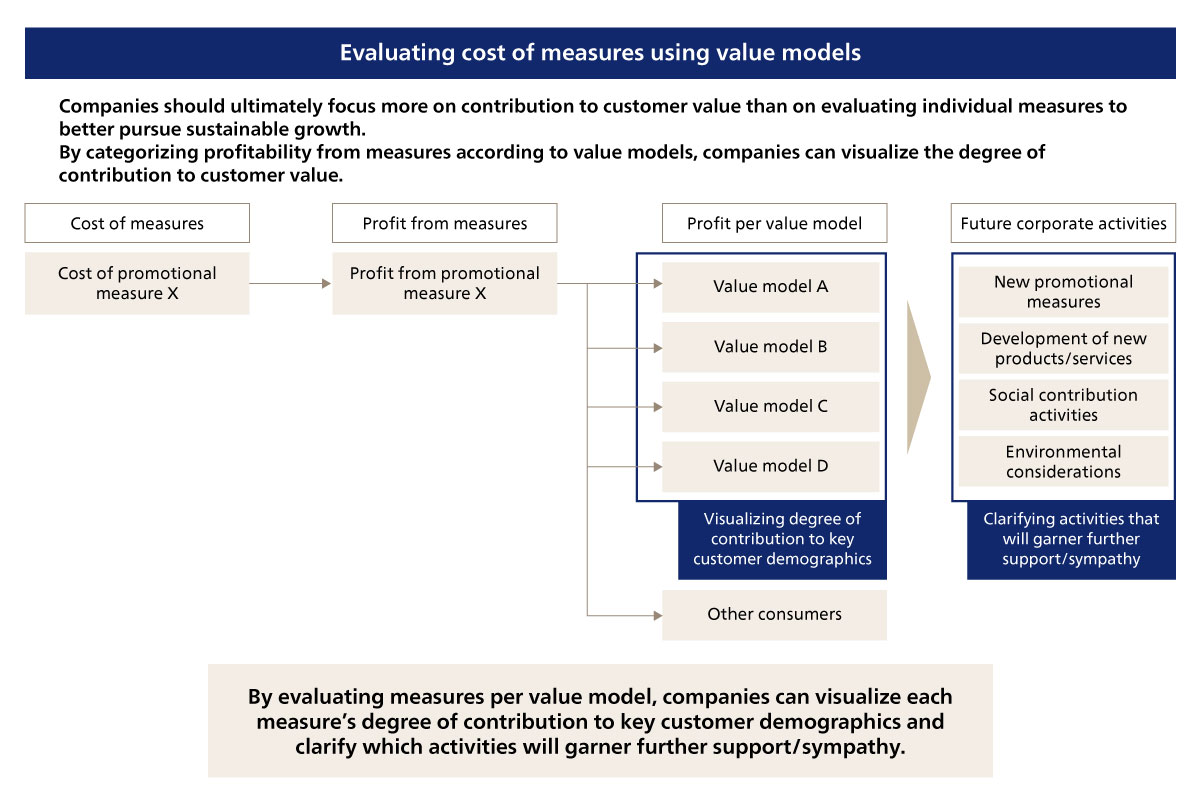 Figure 5. Visualizing the impact of measures based on customer value
Figure 5. Visualizing the impact of measures based on customer value
Even on the corporate activity level, companies are faced with the need to invest further capital, including into non-financial value, amidst heightened consumer needs. By evaluating such investments based on customer value, companies can clarify the grounds on which they explain such efforts to stakeholders, beginning with investors. For these reasons, we believe that evaluating profitability based on consumer value models will become more important as time goes by (see Figure 6).
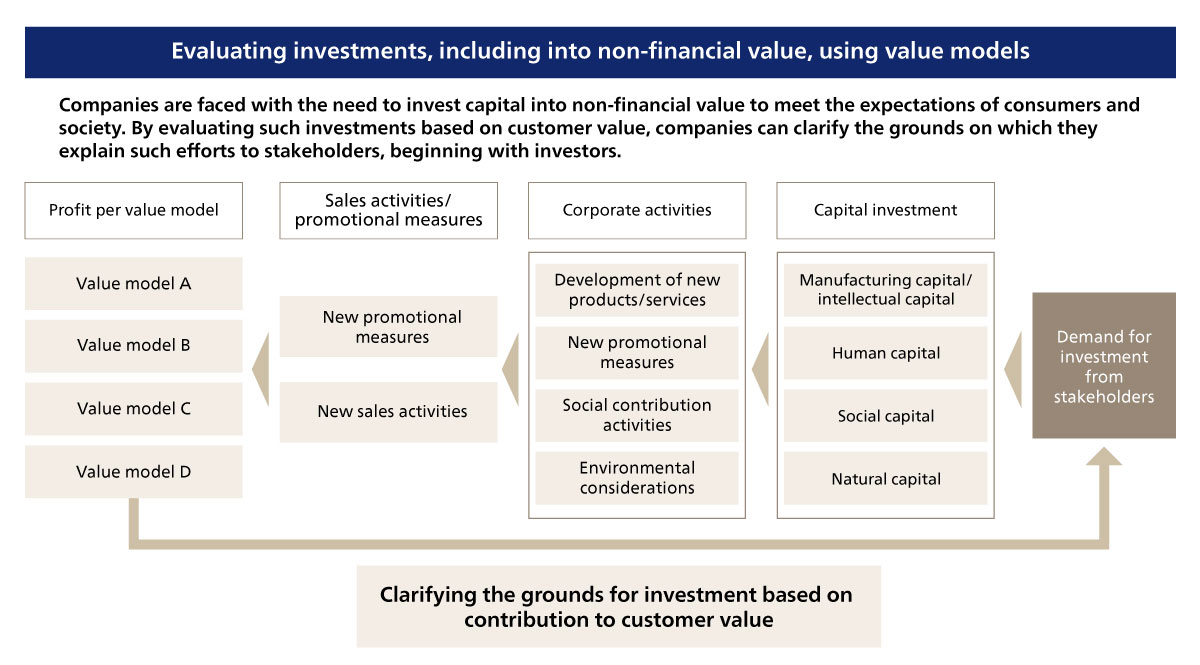 Figure 6. Relationship between corporate level capital investment and customer value
Figure 6. Relationship between corporate level capital investment and customer value
Summary
As consumer values grow more diverse and consumer needs grow more heightened, companies need to gain greater customer insights and better visualize return on investment (ROI) in order to take the lead in generating value for themselves going forward. Customer insight means going beyond mere attribute and behavioral data to properly grasp insights on the level of the values customers hold. Thus, drilling down to see whether your company’s strategic measures truly contribute to customer value will become more important as time goes on.
ABeam Consulting offers broad-ranging support, from building contact points and designing operations to better grasp customer insights, to formulating measures to improve customer engagement and creating frameworks for visualizing ROI.
We strive to continue to work with our clients as a transformation partner, and thus contribute to the co-creation of value in the consumer business.
Click here for inquiries and consultations
